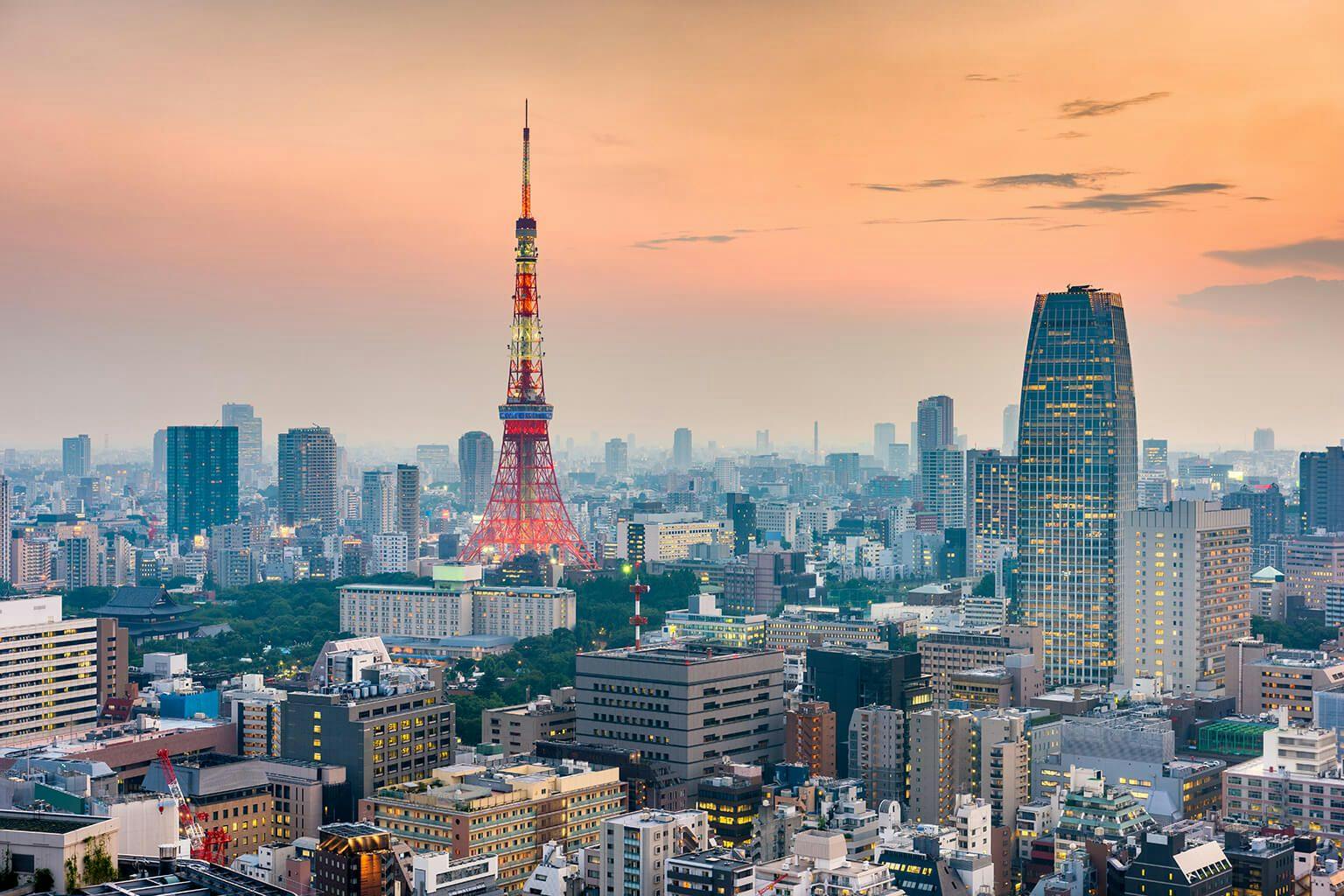Regional Sake Guide: Kanto Region
Table of Contents
.png%3Ffit%3Dscale%26auto%3Dformat&w=1920&q=75)
In the first series of regional sake guide, we talked about important factors characterizing the regional style of sake. In this fourth article of the series, we will travel through the Kanto region which covers seven prefectures including Tokyo.
Historically, sake played an important role in religious ceremonies and festivals, and early sake production and development took place in the Kansai region where we observe many culturally significant shrines and temples. During the era when Kyoto was the capital, cities like Nada and Fushimi became the major sake production regions.
When the new governmental force “the Tokugawa shogunate” came into power in 1603, they established their headquarters in Edo (modern-day Tokyo), and the area rapidly grew as the new center for cultural and industrial prosperity. Throughout the Edo Period (1603–1868) the population in the city flourished, resulting in the heightened demand for foods and beverages. While a large volume of sake was transported from the Kansai region via land and ocean, Edo and the neighboring regions started to explore opportunities to start their own brewing businesses.
In the present day, you will find numerous high-quality microbreweries in the Kanto region. There are many breweries in Tokyo and in the vicinity that offer tasting and tours. It’s definitely an experience to check out on your next trip to Tokyo!
Tokyo
Tokyo is known to produce light and crisp style sake. Since Edomae style cuisines use lots of marinating and simmering techniques involving soy sauce and mirin, the flavors are usually profound. Therefore, such sake style provides a great contrast pairing. There are several old-school breweries as well as new generation sake makers applying modern and hip approaches to sake production.
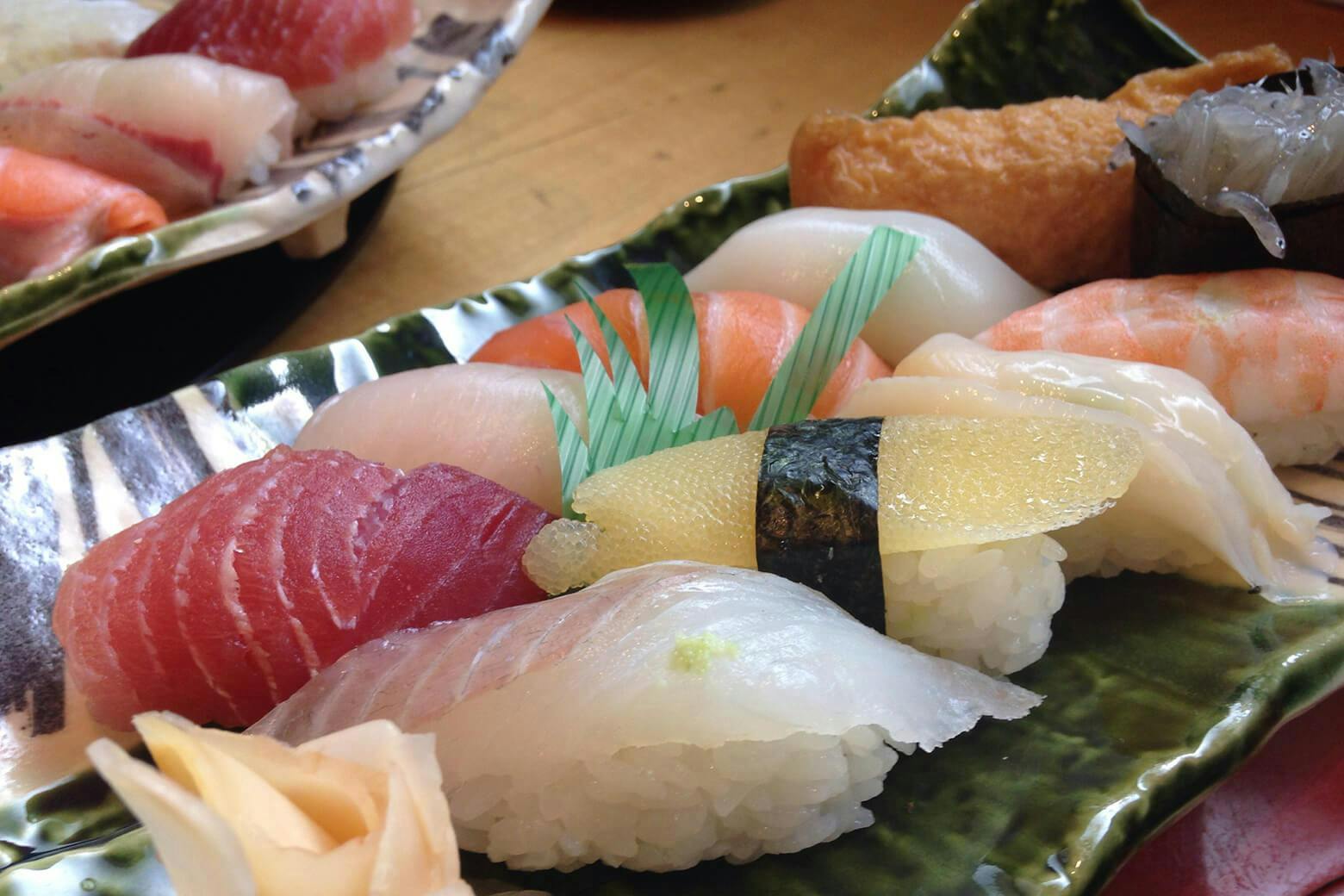
Edomae sushi involves a special way of marinating and pairs well with sake.
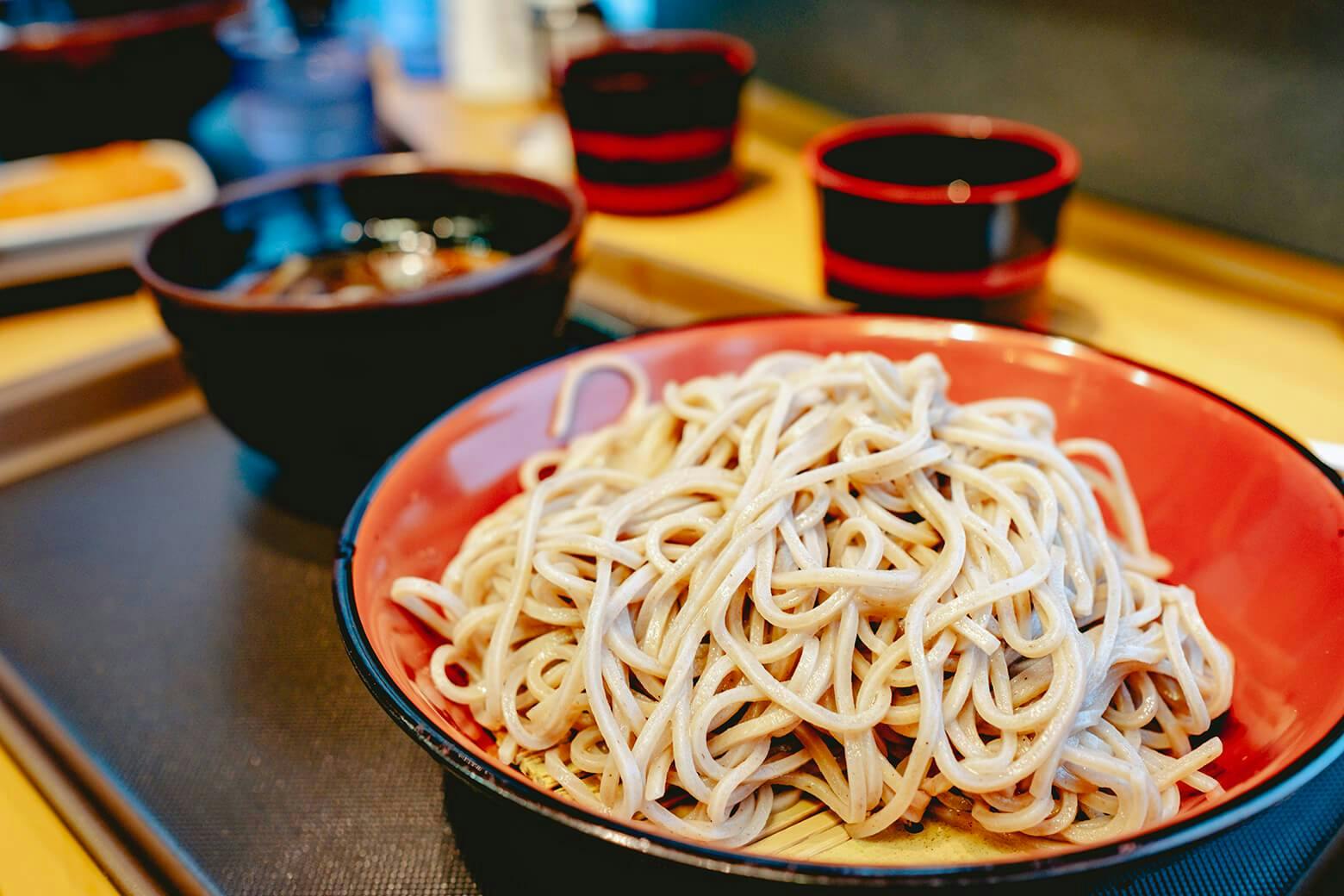
Soba noodle restaurants often offer sake and pairing tapas.
Local dish: Edomae sushi, soba noodle
Take a look at our previous article on Ishikawa Brewing Company, Tokyo while we prepare to carry sake from Tokyo!
Kanagawa
Kanagawa enjoys premium water sourced from Tanzawa mountain which is, according to Kanagawa Sake Brewers Association, believed to be one of Japan’s Three Great Waters. The sake from the area tends to be smooth and round, attributed to the softness of the water. The prefecture is also famous for its silky tofu as the same high-quality water is used for tofu production.
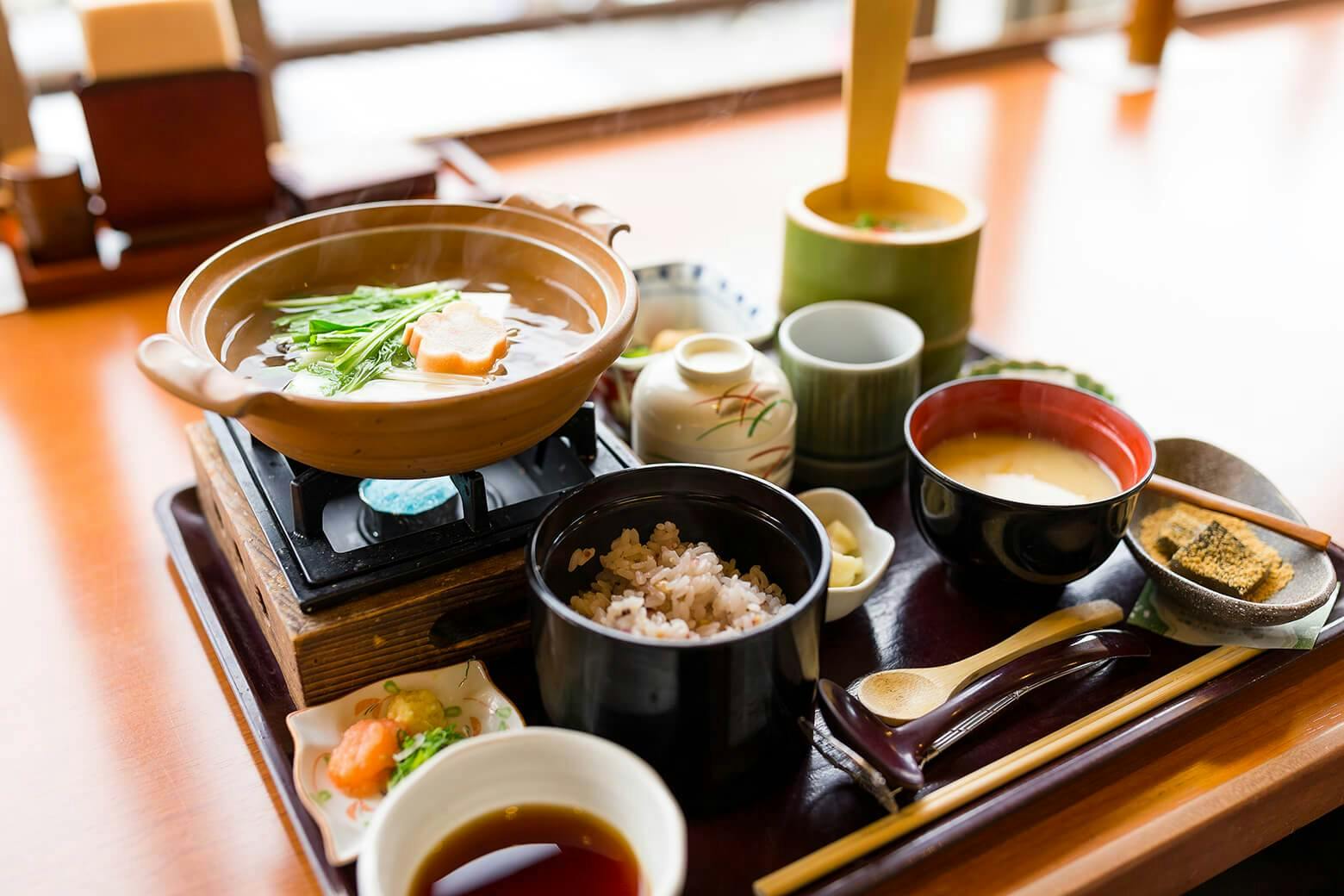
You can find amazing tofu kaiseki restaurants in Kanagawa.
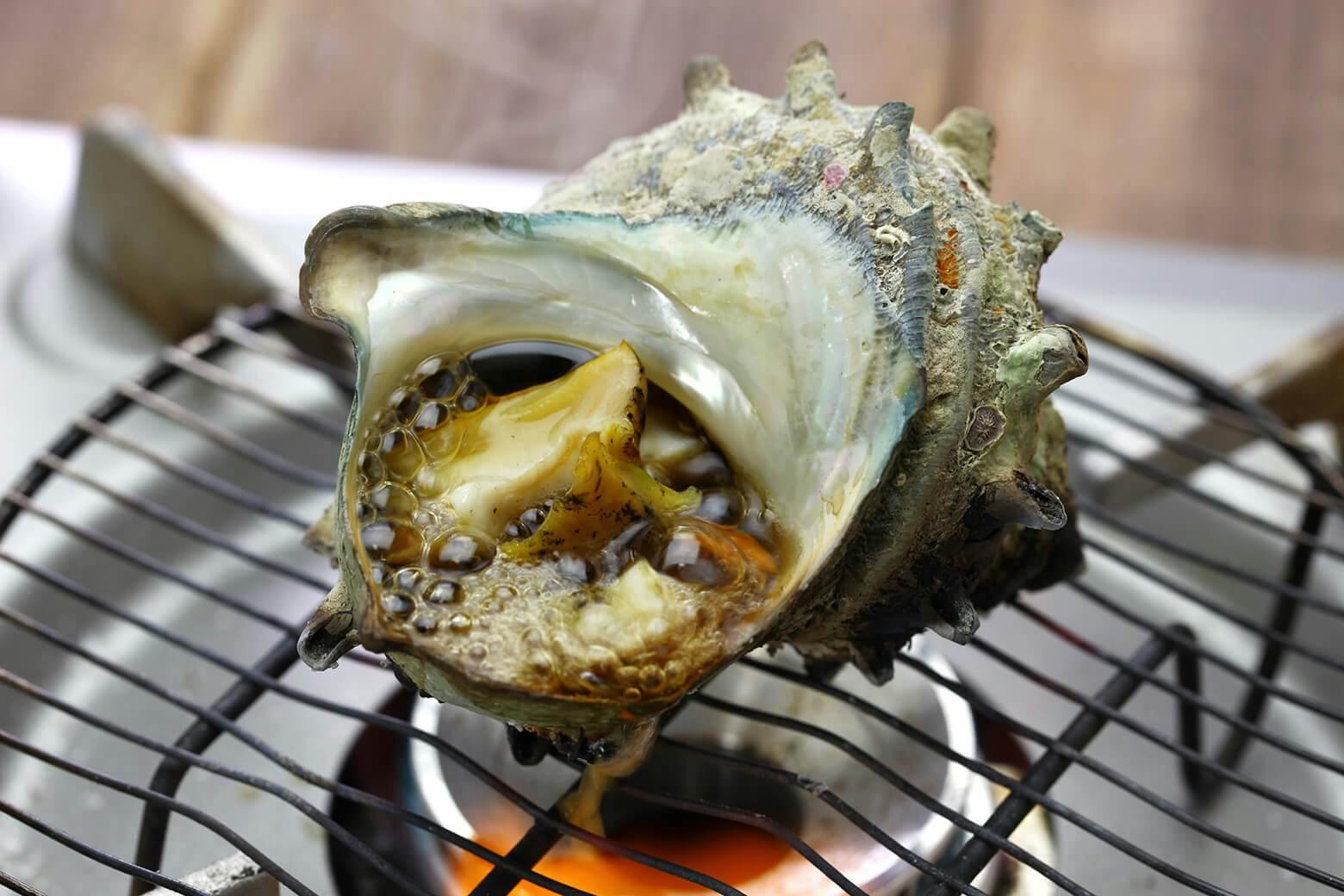
Grilled shellfish pairs well with local sake.
Local dish: Tofu cuisine, grilled sazae (turban shell)
Tippsy’s recommended sake from Kanagawa:
Kumazawa Brewing Company: Tensei “Song of the Sea”
Chiba
Chiba has access to an abundant water source coming from the Tone River. The prefecture is surrounded by the ocean, so it is known for a variety of fresh seafood, and the sake produced are usually clean and dry, matching with the flavors of simple dishes like sashimi plate and seafood tartare.
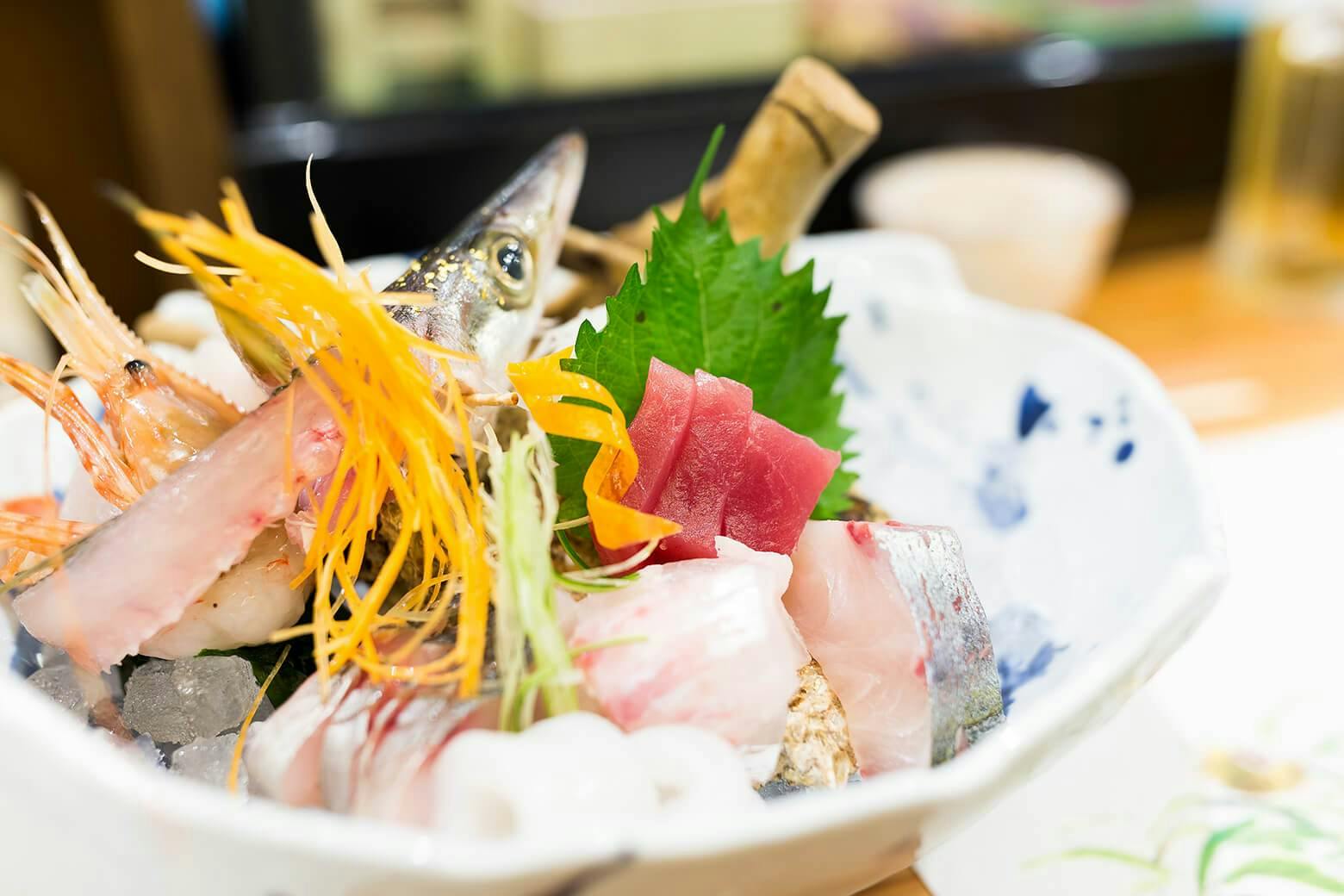
You can find amazing sanma (pacific saury) sashimi in Chiba.
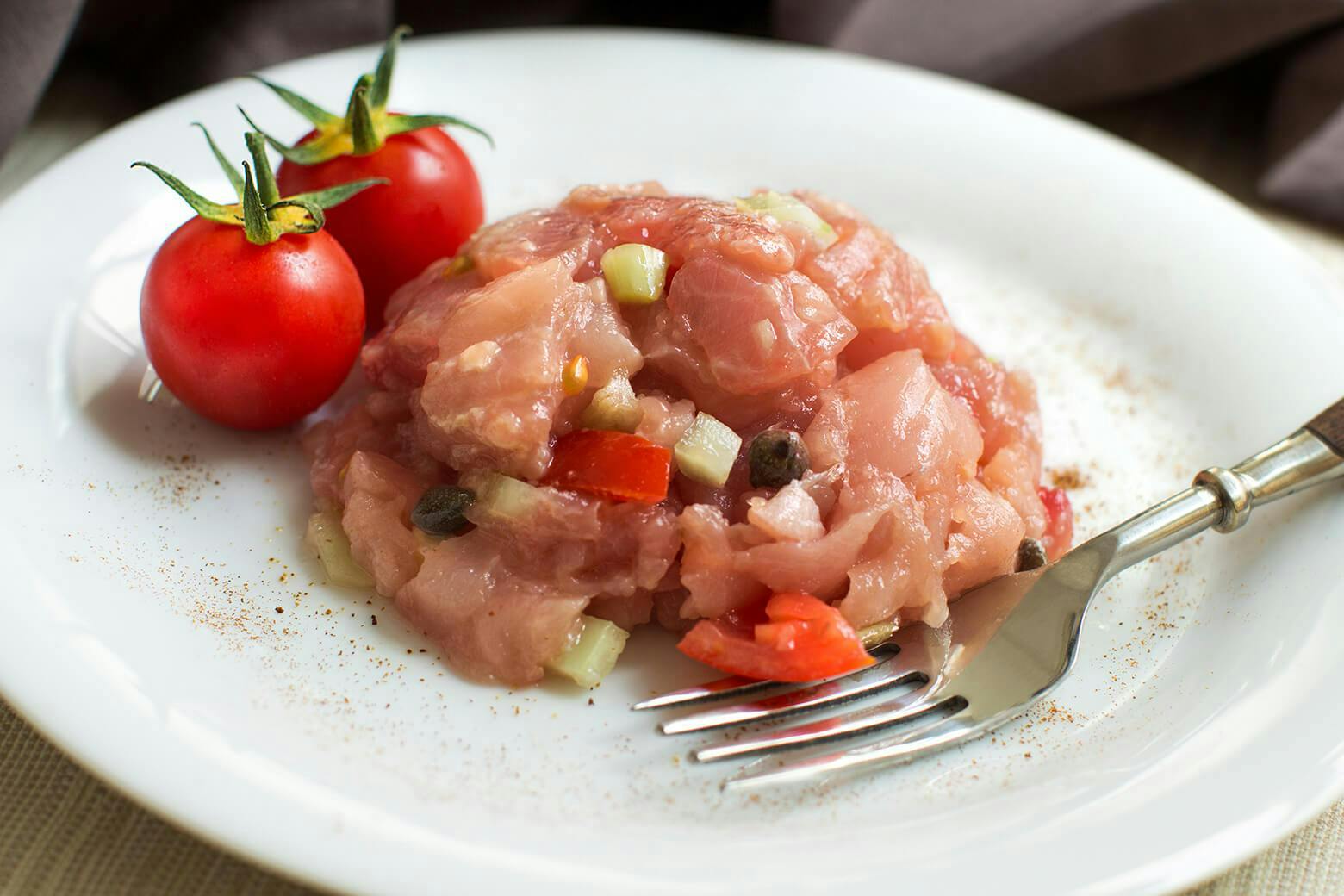
There are many kinds of “namero” or tartare.
Local dish: Sashimi plate, namero (fish tartare)
Tippsy’s recommended sake from Chiba:
Iinuma Honke: Kinoene “Migaki Hachiwari”
Nabedana: Jinyu “100 Poems”
Ibaraki
Ibaraki holds one of the largest number of operating breweries in the Kanto region. The prefecture uses original rice such as Hitachinishiki and sake tends to be a clean, refreshing style.
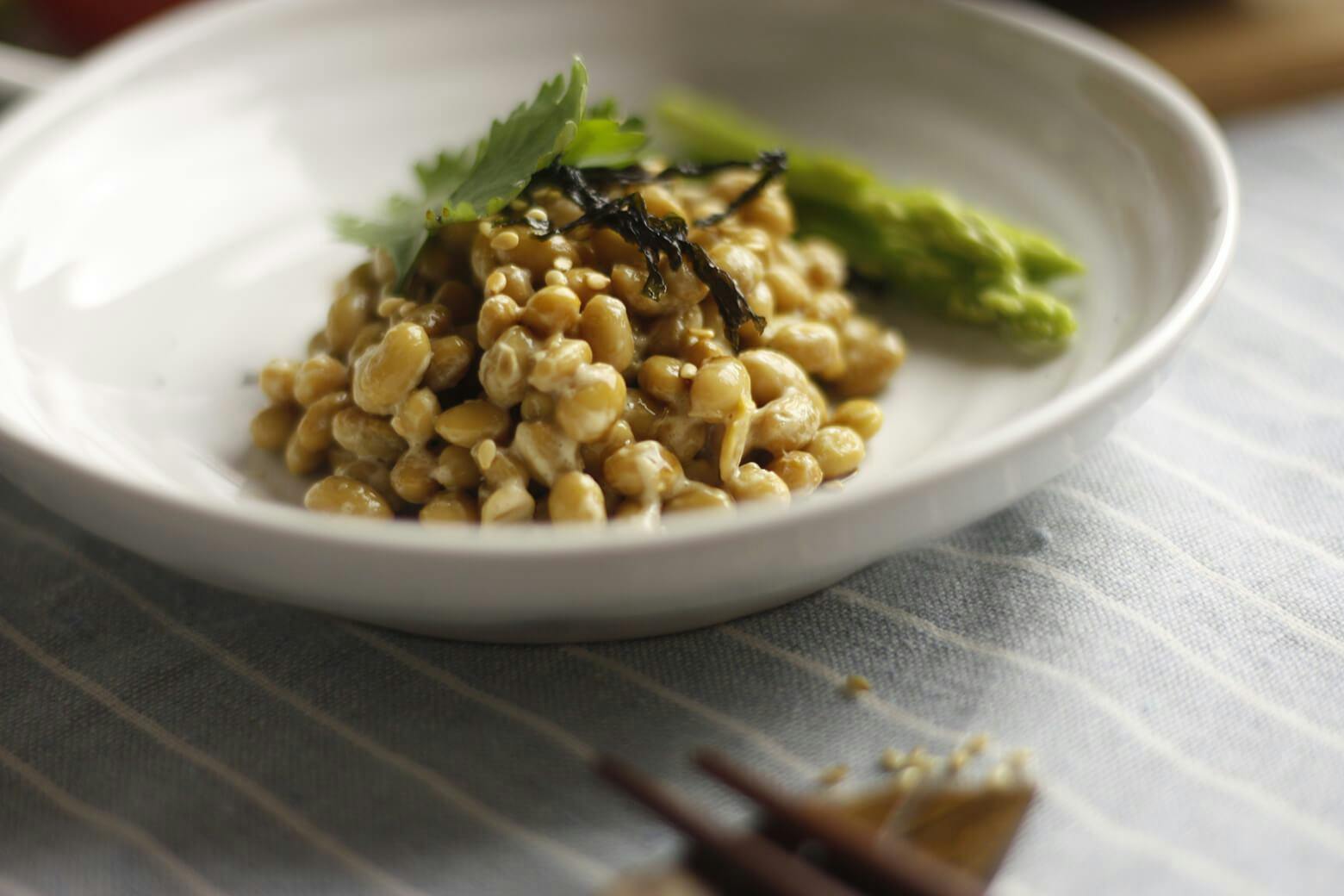
The prefecture is known as one of major natto (fermented soybean) production regions.
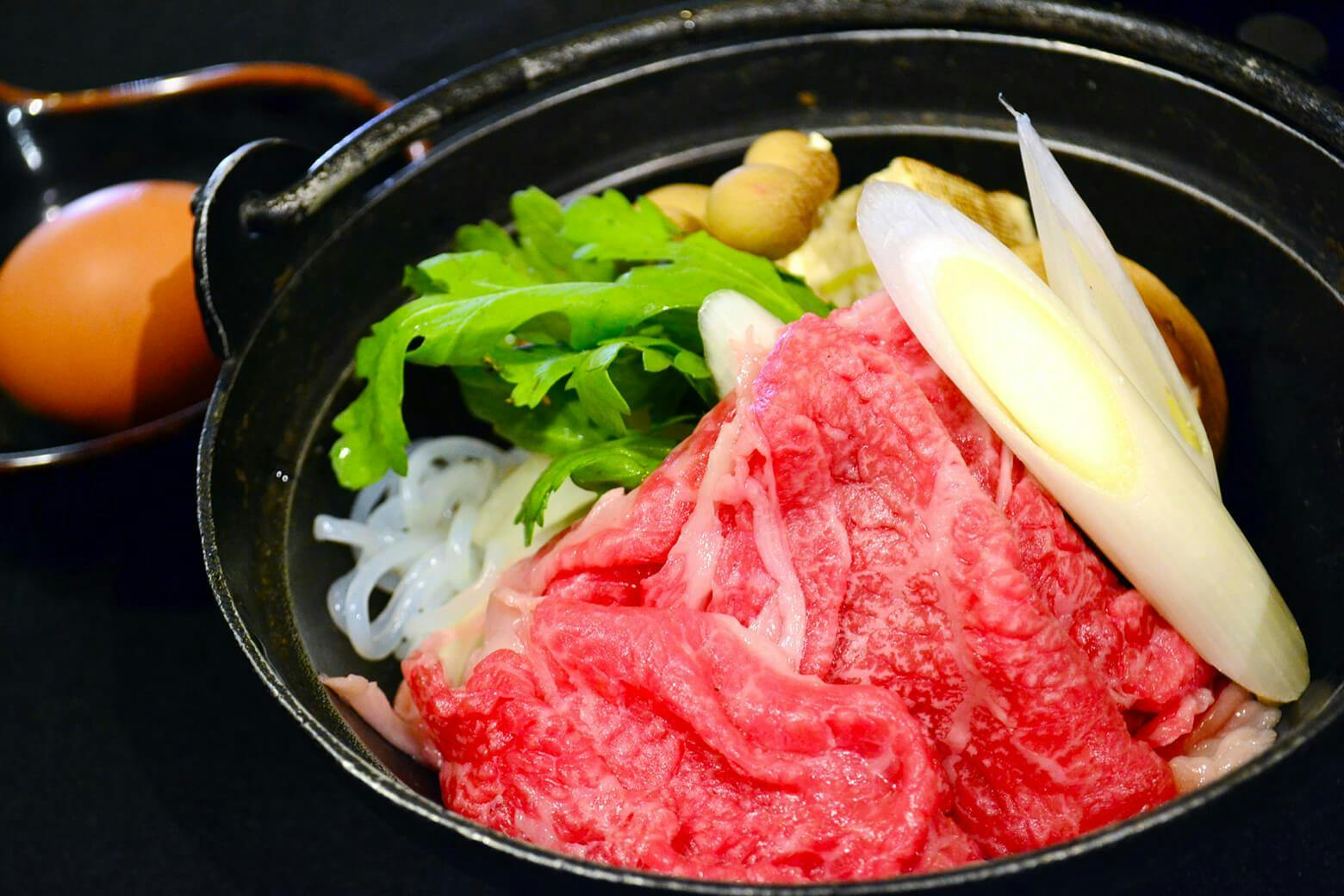
Sukiyaki using local premium beef is a popular menu for a special occasion.
Local dish: Natto, Hitachigyu sukiyaki
Tippsy’s recommended sake from Ibaraki:
Aiyu Brewing Company: Aiyu “Dry”
Huchu Homare: Watari Bune “Junmai Ginjo 55”
Saitama
Because of its proximity to Tokyo, Saitama was influenced by the growth of sake businesses in Tokyo from early times. A recent development of the original sake rice called Sakemusashi won industry attention, and the rice offers a unique complexity and depth to the finish of sake.
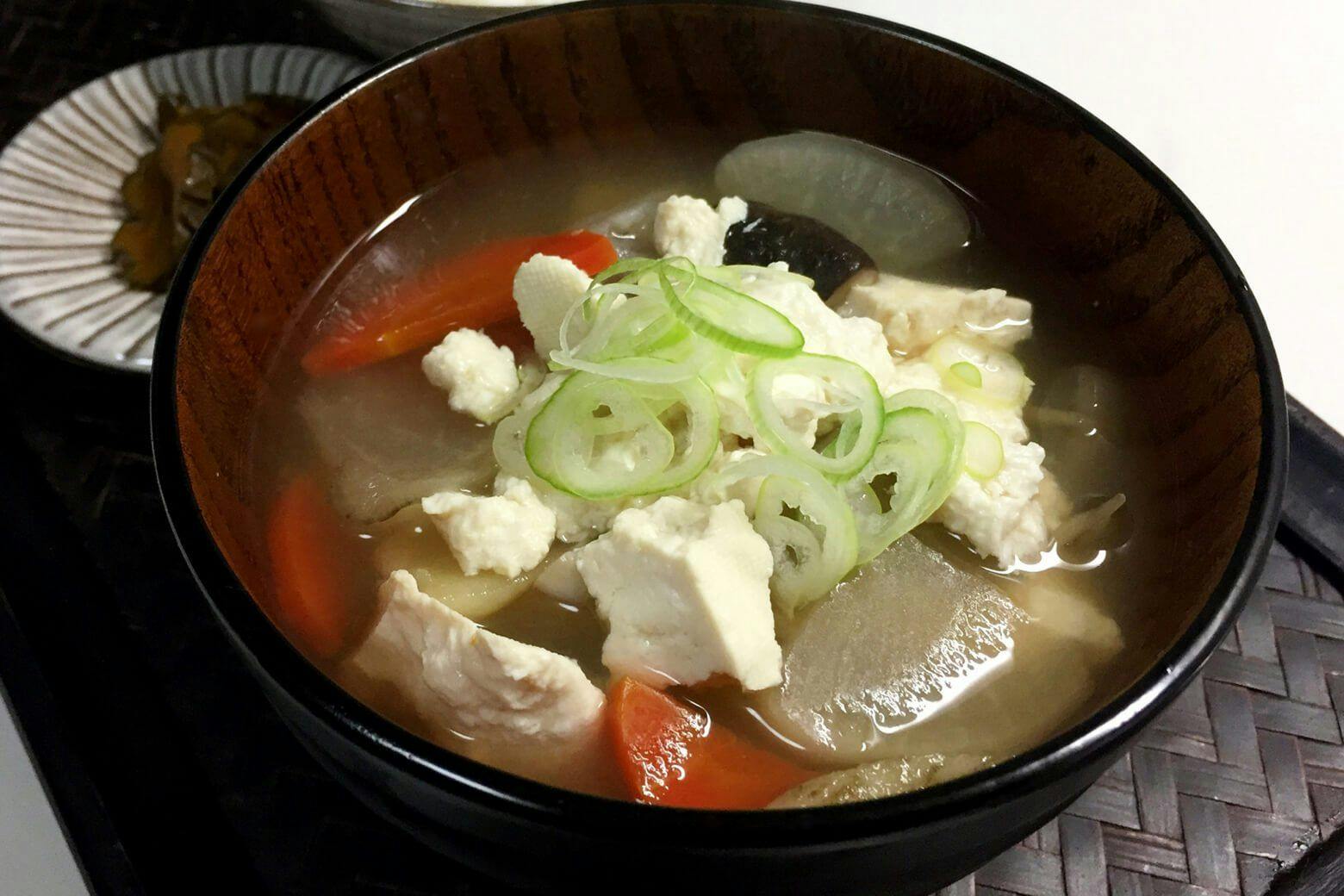
Kenchin soup (mixed vegetable miso soup) is a perfect dish for cold winter.
Local dish: Kenchin soup
Tippsy’s recommended sake from Saitama:
Stay tuned!
Gunma
Gunma holds breweries in the area of Maebashi and Tone River basin. The prefecture invented the original yeast called Kaze Kobo, and this is perfect for producing aromatic ginjo sake.
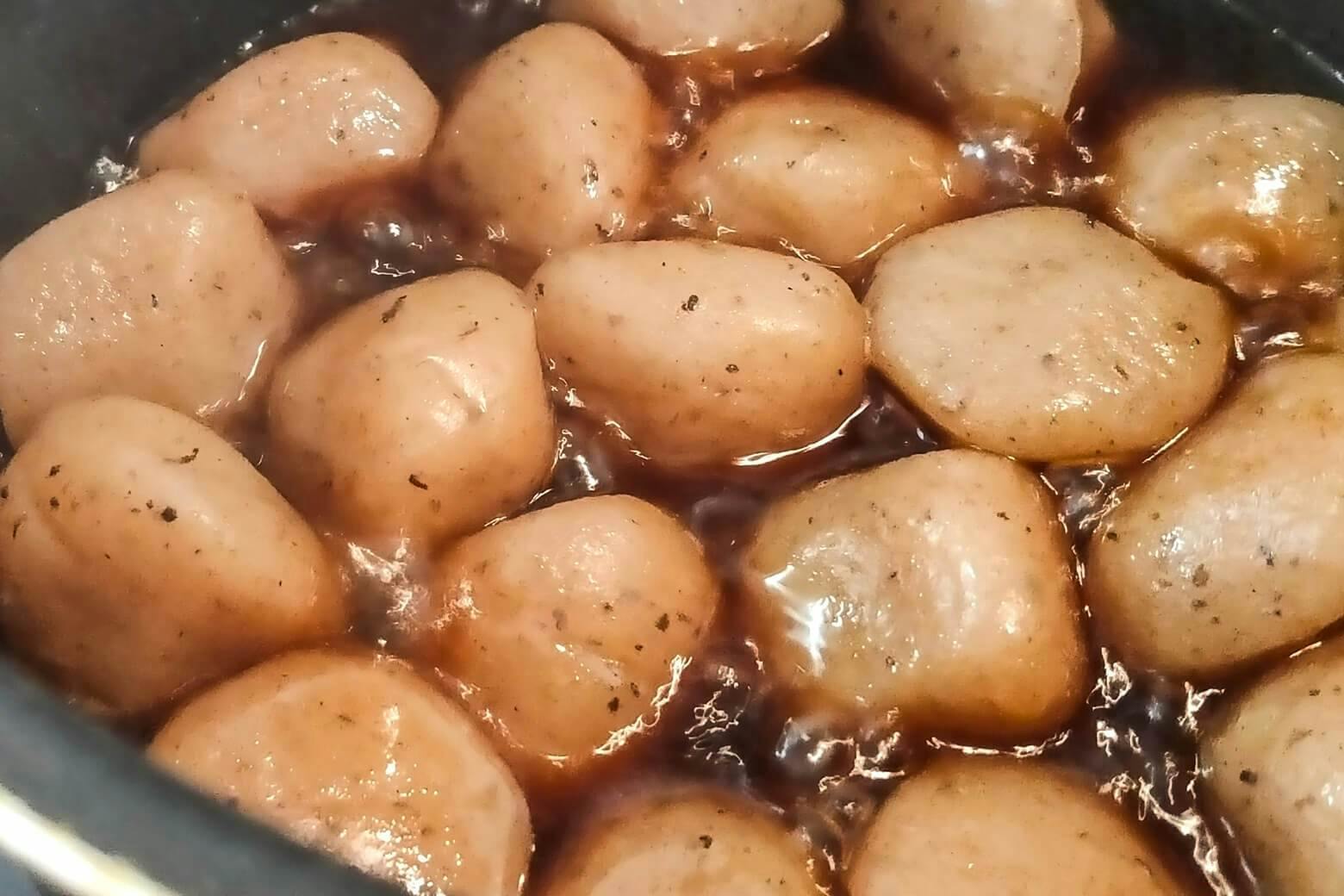
Konnyaku oden is a traditional Japanese jelly-like food cooked in dashi broth.
Local dish: Konnyaku oden, sukiyaki
Tippsy’s recommended sake from Gunma:
Nagai Brewing Company: Mizubasho “Ginjo”
Kondo Brewing Company: Akagisan “Daiginjo”
Ryujin Brewing Company: Oze no Yukidoke “Ex Dry”
Tochigi
The cities of Oyama and Utsunomiya were the main sake-producing areas in Tochigi, but currently breweries are pretty dispersed throughout the prefecture.. The prefecture has numerous microbreweries producing artisanal sake which vary brewery by brewery, producing their own unique styles.
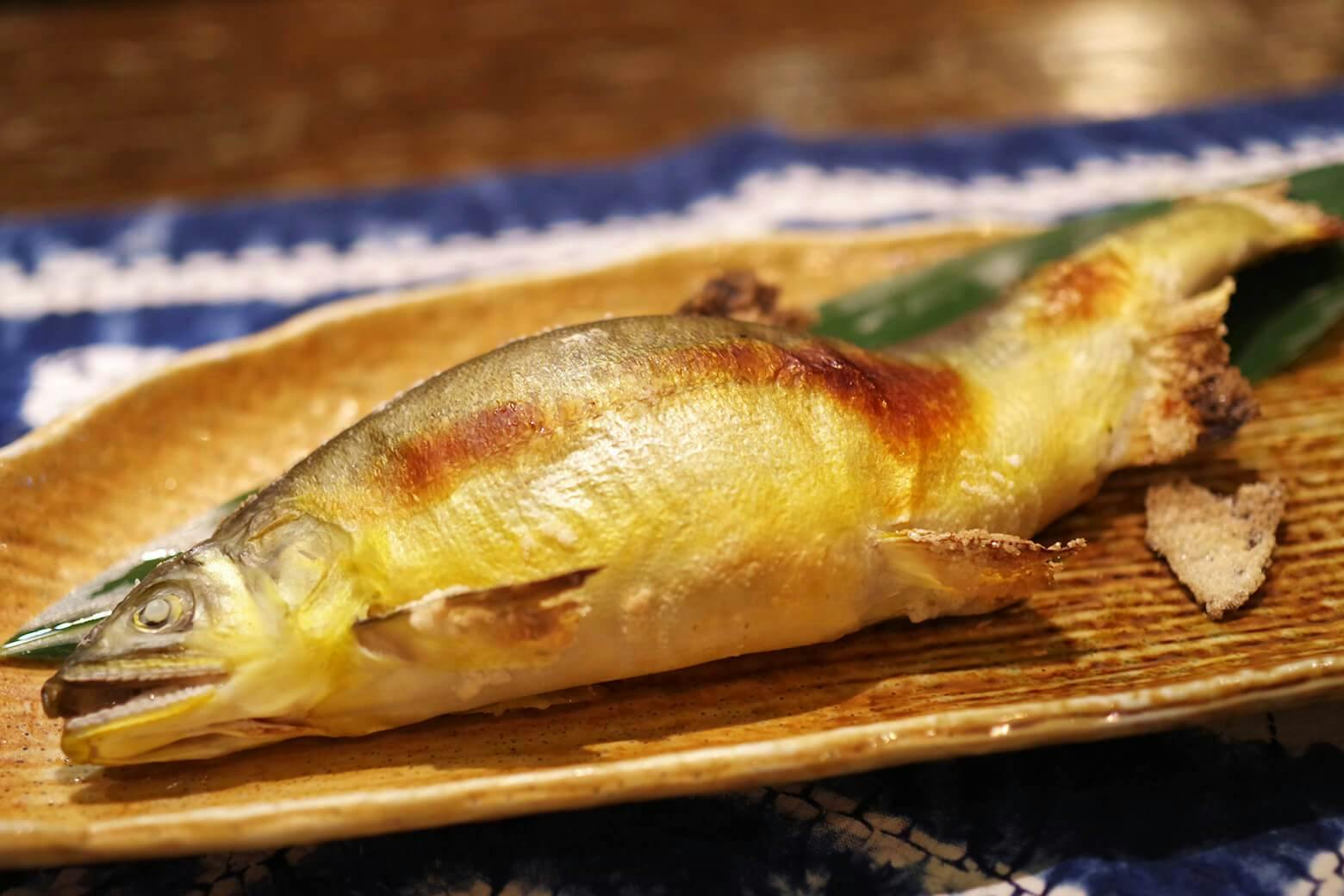
Grilled ayu fish from Tochigi's clean streams with a touch of bitterness pairs well with the more traditional style of sake that Tochigi produces which are a bit sweeter.
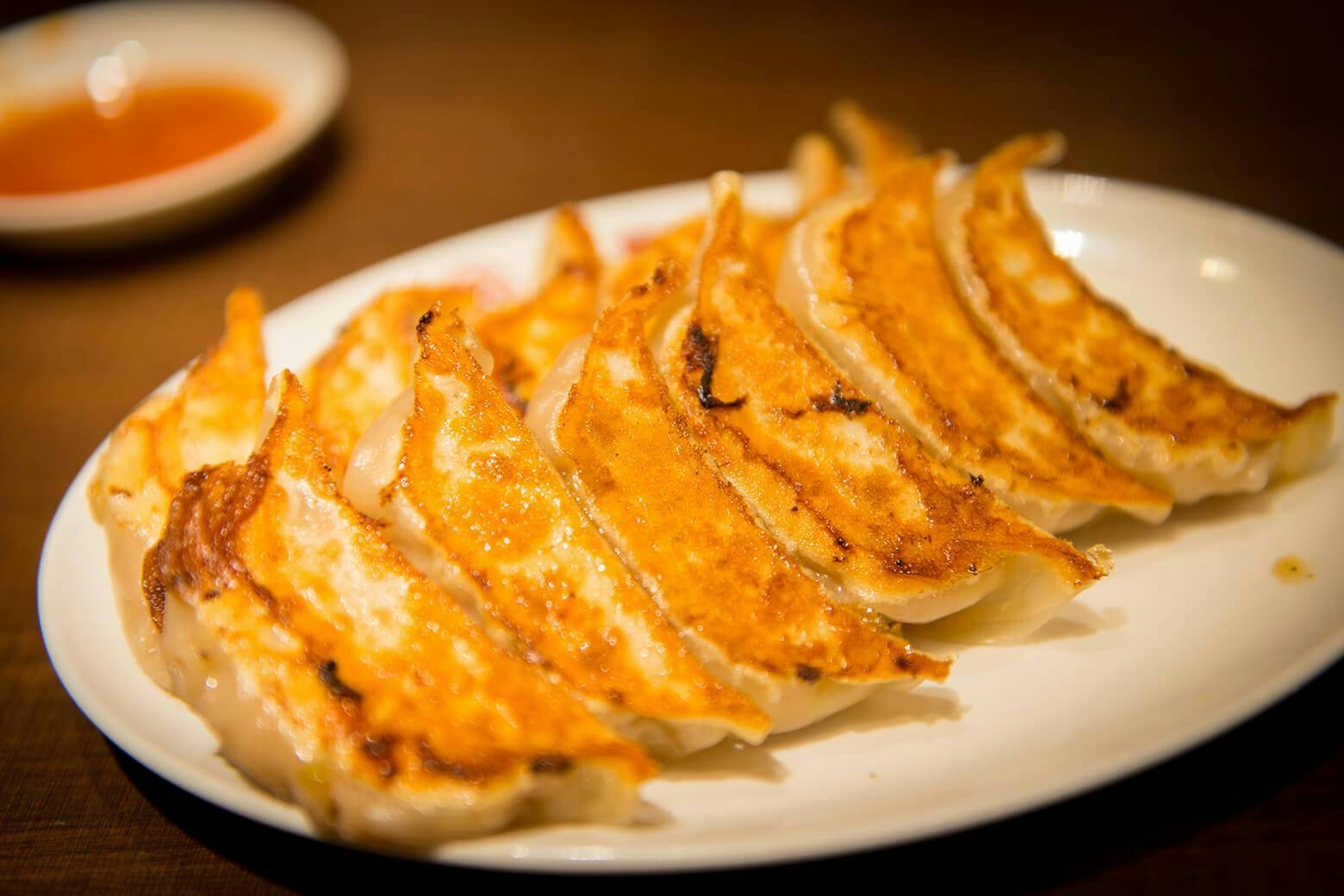
Utsunomiya City is known as a powerhouse of gyoza.
Local dish: Ayu fish dish, gyoza
Tippsy’s recommended sake from Tochigi:
Tentaka Brewing Company: Tentaka “Hawk in the Heavens”

Alice Hama
Certified Sommelier in wine and sake with more than 15 beverage and food-related certifications around the world, including Court of Master and WSET Sommeliers. Alice’s passion for wine and sake has taken her on many gastronomic adventures! She currently consults and writes for several importers, restaurants, and media outlets.
Learn about Tippsy’s Editorial process
Recent posts
All about sake
Sign up to receive special offers and sake inspiration!
